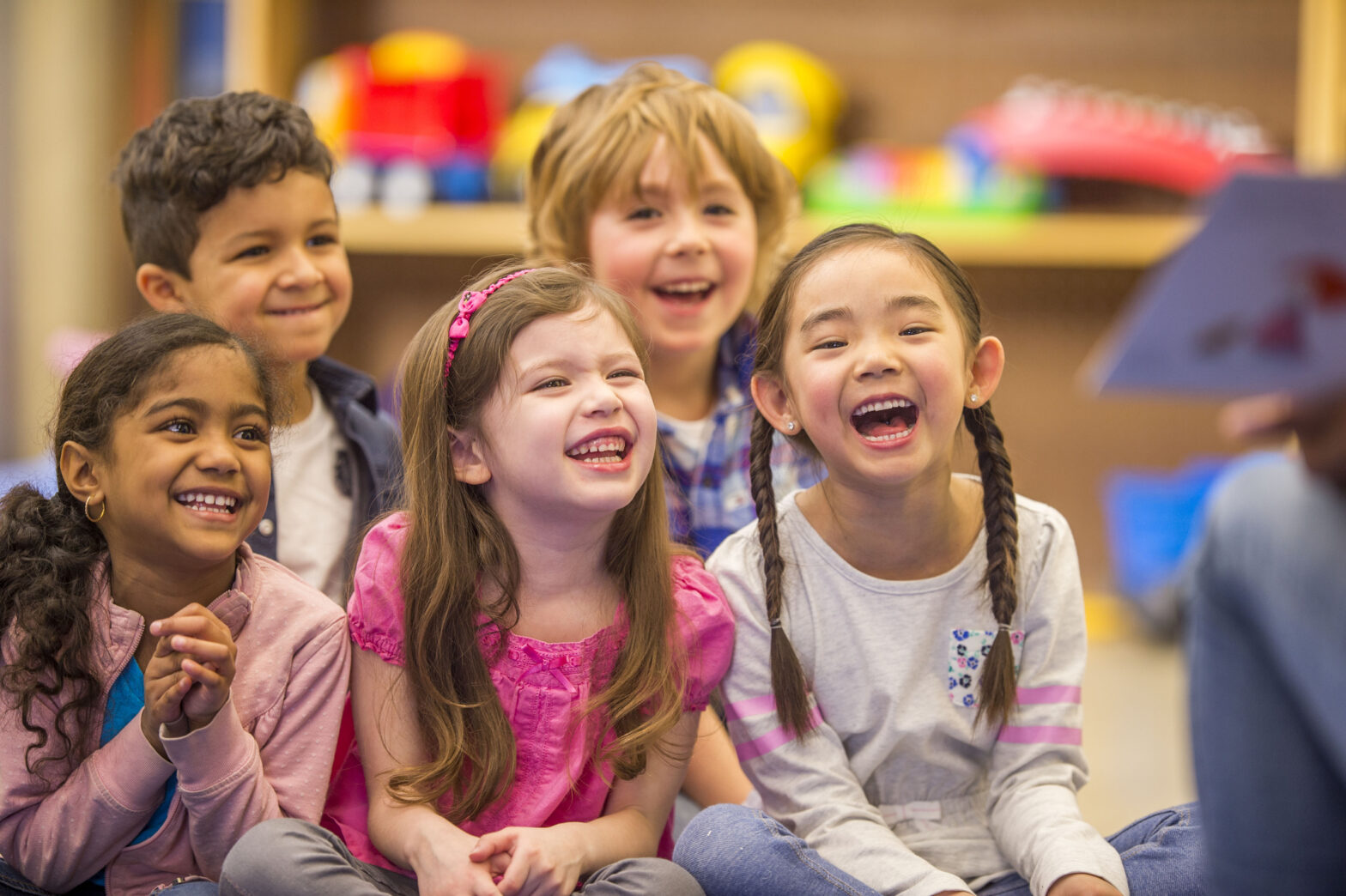However, no matter how smart and quick-witted a seven-year-old child may be, intellectual development is not the only criterion for assessing his development. There are several more in the arsenal of child psychologists including prime numbers list.
Physical development
At 6–7 years old, children grow intensively – they “stretch” by as much as 10 cm. At the same time, the bones of the skeleton grow rapidly, but the muscle mass lags behind and is still underdeveloped. Important changes occur in almost all body systems – respiratory, cardiovascular, nervous. Here is just one fact: by the age of 7, the weight of the brain increases almost three times! That is why it is so important to provide younger students with proper nutrition and give feasible physical activity. It’s not just about physical exercise: sports games and outdoor activities will also bring considerable benefits. Thanks to regular exercises, the child will strengthen muscles, including respiratory ones, blood circulation will increase, all organs and tissues will be saturated with oxygen and receive enough nutrients. The musculoskeletal system will actively develop – doing any sport contributes to the formation of the correct posture.
Logic development
The main thinking of a seven-year-old is visual-figurative, that is, to study the surrounding objects, the child does not need to actively interact with them (visual-effective thinking). Before entering school, a child can already think using a system of images, that is, pictures depicting an object in action are enough for him to understand something about him. This type of thinking is clearly manifested in the child’s ability to draw: when depicting an object, for example, a house, the child relies on his own ideas about it, on those of its characteristic features (roof, door, chimney) that are imprinted in memory. The resulting image what is common core math is just an image that has developed in the baby at a given time.
Approximately at the age of 5–7 years, and especially actively with entering school, the child begins to form two new types of thinking for him: verbal-logical and abstract. During conversations with parents and schoolwork, the child learns not only to report facts, but also to subject them to detailed analysis. For example, from the judgment that his feet got wet, he can conclude that there is a possibility of getting sick.
For successful schooling, it is recommended to develop different forms of thinking in the child, resorting to games and exciting tasks.
mental development
With the loss of childish spontaneity and contractions grammar, which occurs between the ages of 6 and 8, the child begins to reflect for the first time – thinking develops so much that he can finally see himself from the outside. “At the age of seven, their own worldview begins to form: the child evaluates himself, compares with others, and most importantly, he is very attentive to the opinions of significant adults,” says child psychologist Alexandra Nikolaevna Rostopchina. “Social relations are already becoming more stable, the child is not ready to play with anyone: preferences and friendships are being formed.”
